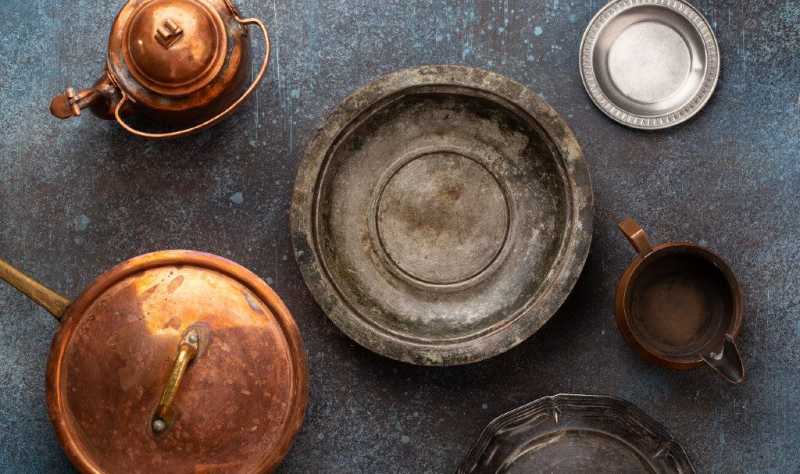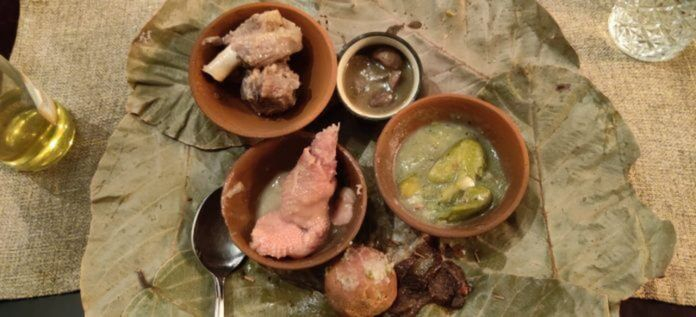Discovery of various cooking methods
The Indus Valley Civilization is renowned for discovering numerous cooking techniques. Cooking techniques had to be developed to prepare a variety of foods, such as wheat, barley, sesame, peas, and other pulses, that were readily available.
Mud ovens were used to cook the basic staple foods, such as wheat and barley, both above and below ground. Reputable archaeologists with experience in baking and cooking identified the variety of these mud ovens.
The rest of the food was prepared in standard cooking pots while the bread was baked in baking ovens. The circular trenches discovered at the location where wheat and other grains were stored were the most well-known. Lime plaster was applied to the pits.
The cuisine and cooking of the Indus civilization became the basis for contemporary South Asian "curry" meals. The Harappans consumed a wide range of meals, such as grains and pulses, vegetables, fruits, and animal products, in addition to several seasonings and spices that are still popular in South Asia today. According to recent studies, the mainstays of nutrition and agriculture were probably the breeding of cattle, goats, and sheep, with the addition of wheat and barley cultivation aided by winter rains.













